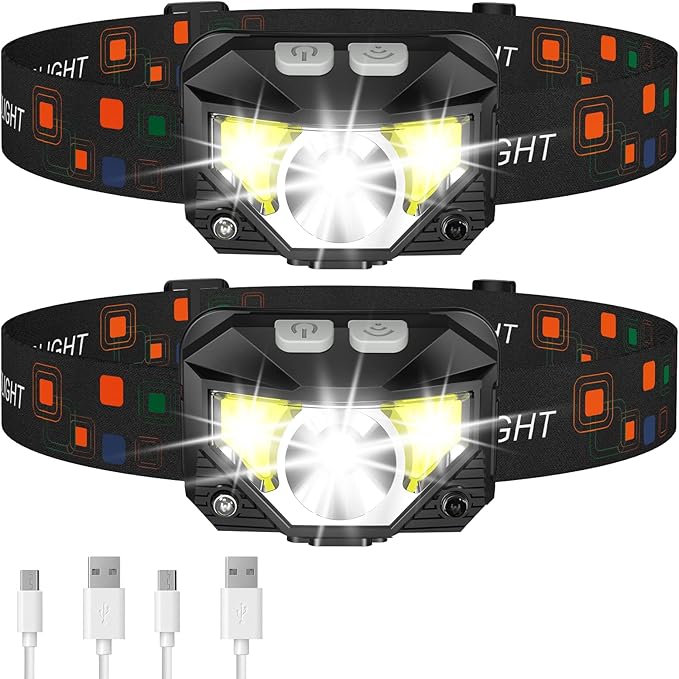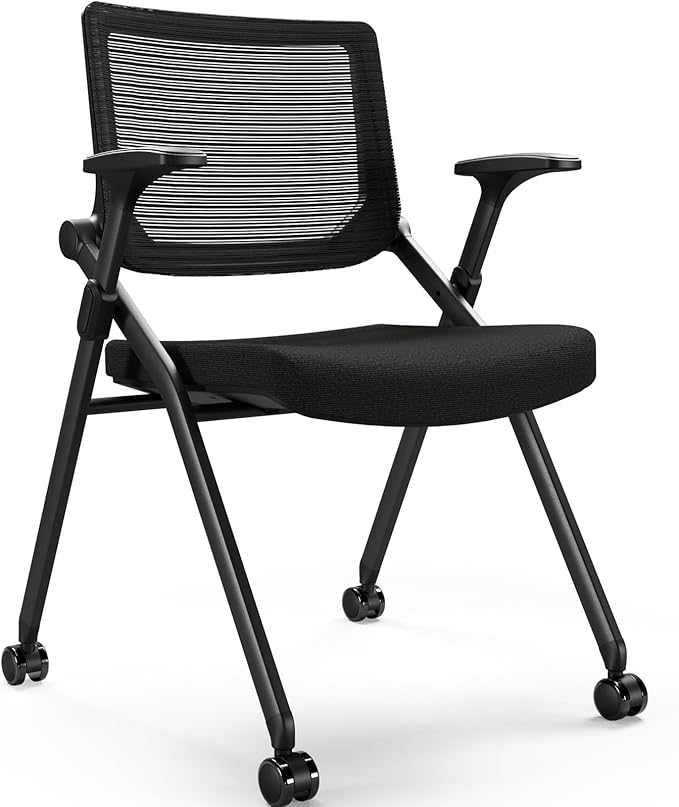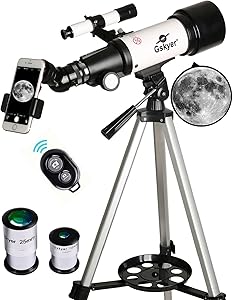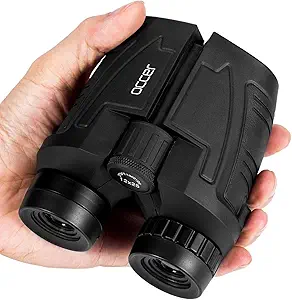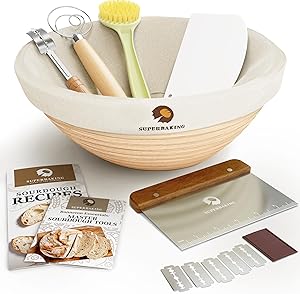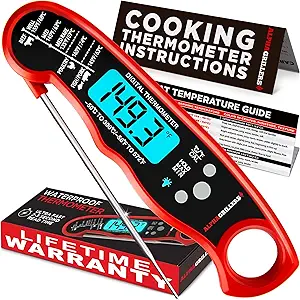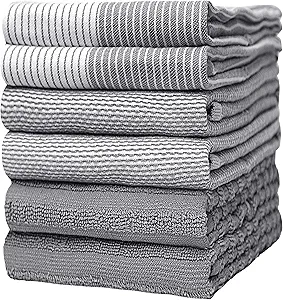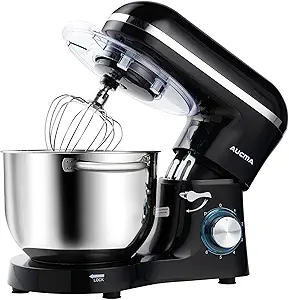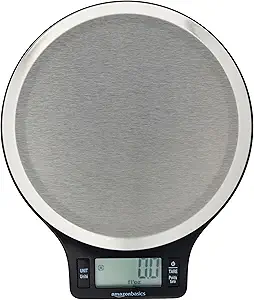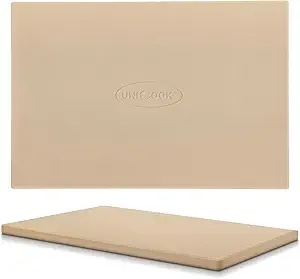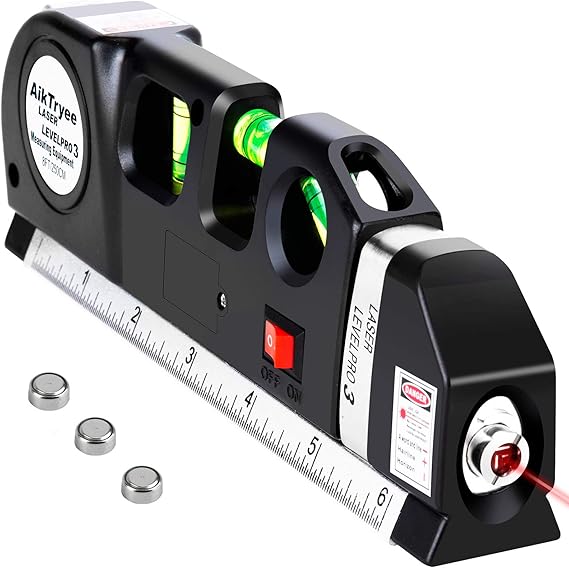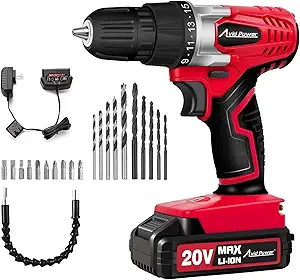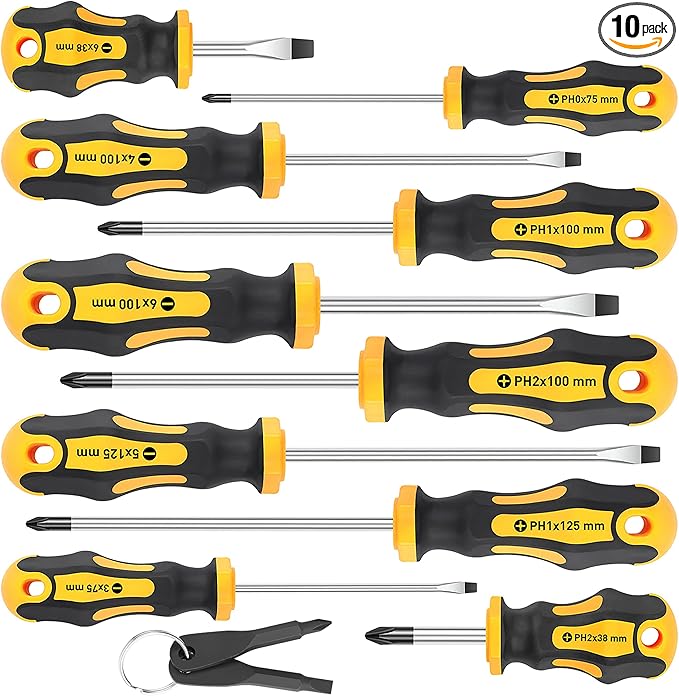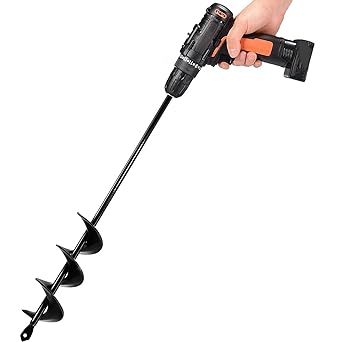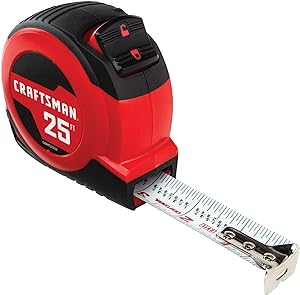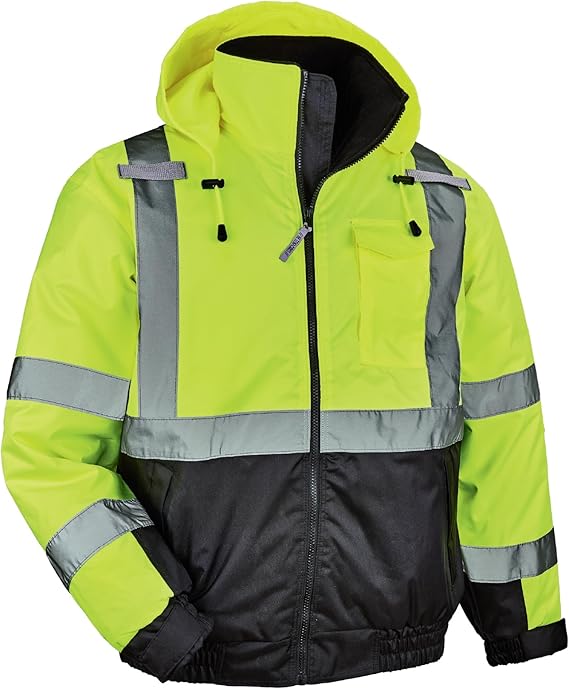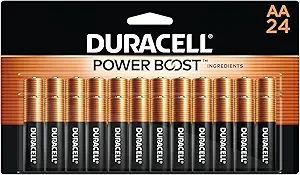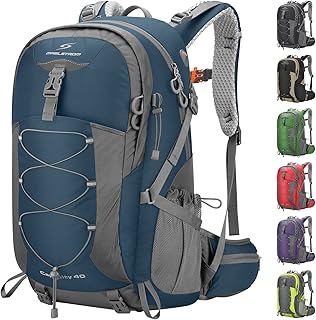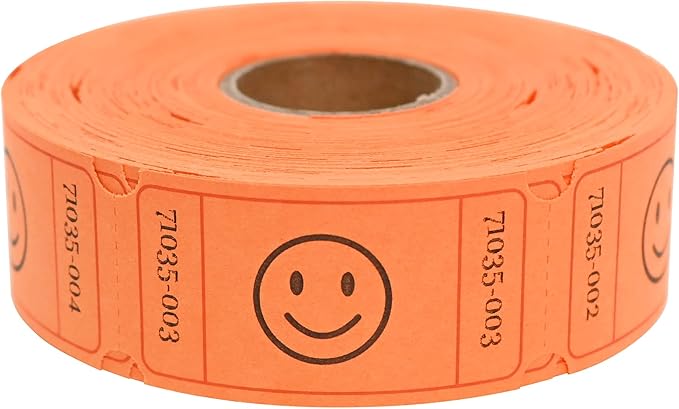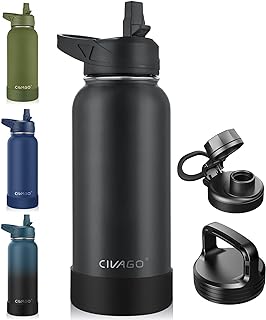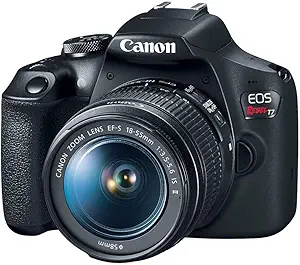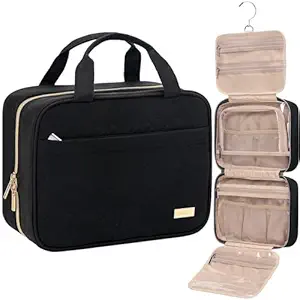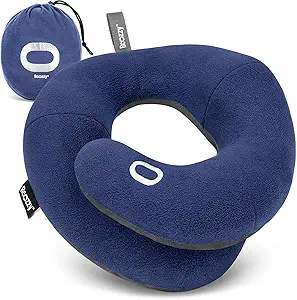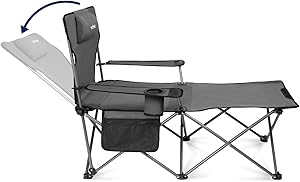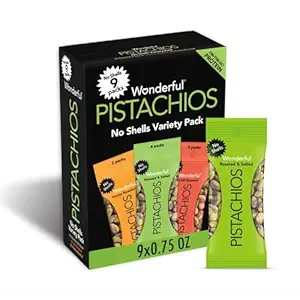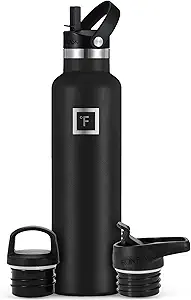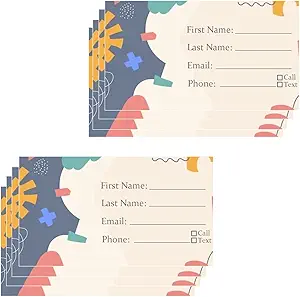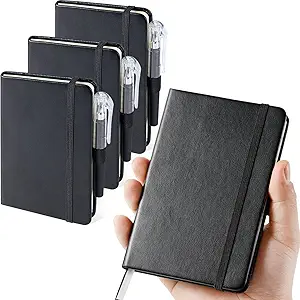Cooking Class Survival Kit: Staying Organized While You Learn
Taking a cooking class can be one of the most rewarding experiences — whether you’re a home chef hoping to sharpen your skills, a total beginner trying to master the basics, or a food enthusiast eager to explore new cuisines. But just like any hands-on experience, success in a cooking class doesn’t just depend on your enthusiasm — it also depends on your organization and preparation.
That’s where your Cooking Class Survival Kit comes in. Having the right tools, mindset, and organization strategy can transform your learning journey from messy and stressful to smooth and enjoyable. Let’s dive into how you can stay organized while learning and what essentials should go into your culinary toolkit.
1. Why You Need a Cooking Class Survival Kit
You might think the cooking school will provide everything — and many do. But seasoned culinary learners know that having your own essentials makes a huge difference.
Your Cooking Class Survival Kit helps you:
-
Stay confident and ready for every step.
-
Keep tools clean and accessible.
-
Focus on learning instead of searching for items.
-
Avoid borrowing from others.
-
Build professional habits early on.
Think of it as your personal toolkit for success — just like a carpenter’s box or an artist’s brush set. Every chef, no matter their level, needs their own essentials.
2. Pre-Class Organization Tips
Before even stepping into the kitchen, a bit of pre-class organization can go a long way. Here’s how to prepare efficiently:
✔ Read the Class Details Carefully
Check the instructor’s list of required items. Some classes provide ingredients, while others expect you to bring your own. Knowing what’s expected saves last-minute stress.
✔ Pack the Night Before
Just like a traveler packs before a trip, get your tools, notebook, and ingredients ready the day before. Use resealable bags, labeled containers, or a small tote bag for easy access.
✔ Dress Appropriately
Comfort and safety are key. Wear closed shoes, tie back long hair, and bring an apron. Choose lightweight, breathable clothing that won’t get in your way while chopping or stirring.
✔ Keep a Checklist
Before each class, go through your list of must-have items (we’ll share one below). It keeps you on track and ensures nothing is forgotten at home.
3. The Ultimate Cooking Class Survival Kit Checklist
Here’s a breakdown of what to pack for a productive and stress-free cooking session.
A. Basic Tools
-
Chef’s Knife: The heart of your kitchen kit. Choose one you’re comfortable holding.
-
Paring Knife: Ideal for peeling, trimming, and small precision work.
-
Cutting Board: Lightweight but sturdy. A non-slip board keeps safety in check.
-
Measuring Cups & Spoons: Precision is key, especially in baking.
-
Tongs: Perfect for handling hot items safely.
-
Peeler & Grater: Handy for fruits, vegetables, and garnishes.
-
Spatula & Wooden Spoon: Multipurpose tools for stirring and folding.
B. Personal Hygiene & Safety Items
-
Apron: Protects your clothes and gives you that chef-like confidence.
-
Hair Ties or Cap: Keeps hair away from food.
-
Dish Towel: For quick cleanup and handling hot items.
-
Band-Aids: Accidents happen — better to be ready.
-
Hand Sanitizer: Especially useful in shared kitchen environments.
C. Learning Essentials
-
Notebook or Recipe Journal: Take notes on techniques, flavors, and instructor tips.
-
Pen & Marker: Label containers, jot down recipes, or mark ingredients.
-
Smartphone or Tablet: For recording quick videos (if allowed) or snapping photos of plated dishes.
-
Recipe Folder: Store printed recipes or class materials neatly.
D. Ingredient Organization
If your class requires you to bring ingredients, organization is your best friend.
-
Use clear containers for easy visibility.
-
Label everything with names and measurements.
-
Group ingredients by recipe steps (e.g., “marinade,” “garnish,” etc.).
-
Bring ice packs or cooler bags for perishable items.
This not only makes your prep faster but also leaves a lasting impression on your instructor for your professionalism.
E. Hydration & Snacks
Cooking classes can be long and intense. Bring:
-
Reusable Water Bottle to stay hydrated.
-
Light Snack like nuts or fruit in case of long sessions.
Staying energized keeps your mind sharp and your cooking precise.
4. Staying Organized During the Class
Organization during class is just as crucial as preparation. Here’s how to stay on top of your learning experience:
✔ Set Up Your Station Efficiently
When you arrive, lay out your tools neatly:
-
Knives on one side, cutting board in the center.
-
Ingredients prepped and grouped.
-
Towels within reach.
A tidy station leads to better focus and fewer mistakes.
✔ Practice “Mise en Place”
This French phrase means “everything in its place.” It’s the golden rule of cooking organization. Chop, measure, and prepare all ingredients before you start cooking. It minimizes chaos once the heat turns up.
✔ Take Notes Actively
Don’t just follow — observe and write. Note what the instructor emphasizes: timing, texture, temperature, or tricks. Those details make all the difference later when you try the dish at home.
✔ Stay Clean as You Go
Wipe surfaces, wash tools, and discard scraps as you cook. A clutter-free workspace keeps your energy calm and your focus sharp.
5. Post-Class Organization Tips
Your class doesn’t end when the timer stops. How you organize afterward determines how well you retain what you’ve learned.
✔ Clean & Pack Carefully
Before leaving, ensure all your tools are clean and dry. Pack knives with guards and separate wet items in zip bags.
✔ Organize Your Notes
At home, rewrite or type your class notes. Include:
-
Recipes
-
Cooking times
-
Techniques learned
-
Mistakes to avoid
This builds your personal cooking reference guide.
✔ Practice at Home
Don’t wait too long — try the recipes again within a few days. Practice helps solidify the techniques you’ve learned.
✔ Reflect & Adjust
Think about what went well and what didn’t. Did you forget something? Were you rushing? Each class teaches not just recipes but organization and patience.
6. Optional Add-Ons for Advanced Learners
Once you start taking more classes, upgrade your kit with:
-
Thermometer: For perfect meat or sugar temperatures.
-
Digital Scale: Ensures accurate measurements.
-
Piping Bags & Tips: For pastry or dessert decoration.
-
Reusable Containers: To bring home leftovers or samples.
-
Knife Sharpener: A dull knife slows you down.
These extras elevate your experience from student to near-professional.
7. Mental Organization: The Hidden Ingredient
A well-packed kit is nothing without a focused mindset. Keep these mental organization tips in mind:
-
Be Patient: Mistakes are part of learning.
-
Stay Curious: Ask questions. Every chef was once a beginner.
-
Be Respectful: Share space and tools thoughtfully.
-
Enjoy the Process: Cooking is about creativity, not perfection.
When you’re calm and organized mentally, the kitchen becomes a playground instead of a battlefield.
8. Sustainable Organization Tips
If you’re eco-conscious (and you should be!), here’s how to make your kit planet-friendly:
-
Use reusable containers instead of plastic wrap.
-
Carry a cloth towel instead of paper napkins.
-
Bring a refillable water bottle.
-
Avoid disposable utensils.
Cooking sustainably not only reduces waste but also instills discipline — a valuable skill for every chef.
9. Building Your Own Style
As you attend more classes, you’ll notice your preferences evolve — certain tools you love, brands you trust, and styles that suit your workflow.
That’s great! Personalizing your survival kit helps you:
-
Move faster.
-
Stay consistent.
-
Feel at home in any kitchen.
Your kit becomes an extension of your personality — organized, dependable, and ready for creativity.
10. Final Thoughts: Cook, Learn, and Stay Organized
A cooking class is more than just about recipes — it’s about discipline, patience, and creativity. Staying organized not only helps you follow along smoothly but also builds habits that last a lifetime.
Your Cooking Class Survival Kit is more than a bag of tools. It’s your confidence booster, your learning companion, and your secret weapon in the kitchen.
So next time you walk into a cooking class, step in prepared — apron tied, notebook ready, knives sharp, and mind open. With the right organization, you’re not just learning to cook — you’re learning to thrive.
